Iran oil exports have doubled in the last 20 months
Iran’s oil production has increased by 600,000 barrels per day in the past 20 months compared with the earlier corresponding figures and stands at 3.84 million barrels per day now, the managing director of the National Iranian Oil Company said. Mohsen Khojastehmehr also told IRNA Iran oil exports have doubled during the period and reached 1.4 million bpd.
Visiting oil export facilities on the Persian Gulf’s Kharg Island, Khojastehmehr said all the facilities and logistics at Kharg have been repaired and modernized to help increase Iran oil exports.
On the expansion of Iran’s oil terminals, he said measures have been taken, including the overhaul of storage tanks and installation of a new storage facility with a capacity of 4 million barrels on Kharg Island and another one in Jask with 10 million barrels of capacity.
According to the official, if development projects proceed as planned, Iran’s oil output can reach 5.7 million bpd in the next eight years.
One of the projects is aimed at developing Arvandkenar Oilfield near the border of Iraq, the technical planning for which has been recently started.
“Arvandan Oil and Gas Company will develop the oilfield located at the southern end of the West Karoun region,” the managing director of the company said.
“A tender for drilling a new well and repairing an existing well in the oilfield is underway under an Environmental Product Declaration (EPD) contract. Eleven domestic firms have declared their readiness to join the project,” Abdollah Azari Ahvazi added.
He further said that average daily production in the South Azadegan Oilfield, which is located in the same petroleum region and connected to an oilfield in Iraq, has increased by 10,000 barrels per day, adding that another 10,000 barrels will be added to the production capacity of the oilfield by the end of September.
“The current production capacity from oilfields in the West Karoun region is more than 400,000 bpd,” he added.
Arvandan Oil and Gas Company is considered the second-largest producer in the country after the National Iranian South Oil Company.
Gas Output
Referring to the increase in gas output, the head of NIOC said that in the second half of last Iranian year (Sept. 23, 2022-March 20), production from the South Pars Gas Field set a record by producing 705 million cubic meters per day.
Speaking about the early production from Phase 11 of South Pars, Khojastehmehr said four wells have been drilled in this phase and the construction of the gas transmission pipeline has also been completed.
“Before winter, production will start from the phase and initially 11 mcm of gas will be produced,” he added.
South Pars Phase 11 is estimated to produce 56 million cubic meters per day of gas, which needs an investment of $5.7 billion.
Phase 11 is the only one among the 24 phases of the joint field in the Persian Gulf, which has not been developed yet. Iran shares the field with Qatar.
The Phase 11 development project included the construction and installation of the jackets and topsides of the phase, drilling wells and laying 115-km-long 32-inch pipelines to transfer mono-ethylene glycol and liquefied natural gas to onshore plants for processing.
About 15,000 meters of drilling operations to dig four production wells have been carried out.
When it becomes fully operational, the phase will also produce 75,000 barrels of gas condensate, which will be transferred to refineries in Asalouyeh and Kangan in Bushehr Province.
“Acidizing of 400 wells in the South Pars has been implemented to maintain production, and in the future, 35 new wells will be drilled to increase gas production capacity from the joint field.”
According to the official, close to 350 wells in SP have been acidized and perforated regularly to keep production as high as possible, but this cannot continue for long and the drilling of new wells is inevitable.
New wells are expected to compensate pressure reduction in the gas field, which will start from 2025 and reduce gas production to as low as 400 million cubic meters per day in 2032. This is while consumption will exceed 1.5 billion cubic meters per day.
The giant gas field is spread over 9,700 square kilometers, 3,700 square kilometers of which are in Iran’s territorial waters and the rest is in Qatari waters.
With an estimated 14.2 trillion cubic meters of gas reserves in place plus 18 billion barrels of gas condensate, the Iranian side of the field accounts for 40% of Iran’s total estimated 33.8 tcm of gas reserves and 60% of gas production.
The NIOC chief said a total of 70% of the country’s gas are produced in South Pars.
“After that, the largest gas production pertains to the Iranian Central Oil Fields Company and then the collection of associated petroleum gases,” he said.
“About 250 mcm of gas are produced in the fields operated by the Iranian Central Oil Fields Company. About 80% of APG are collected in the western provinces.”
Khojastehmehr noted that efforts are underway to collect all the APG produced in Iranian fields.
Published: May 8, 2023
If you want to order petroleum, petrochemical and chemical products from Iran, please do not hesitate to send Iran Petroleum an email.

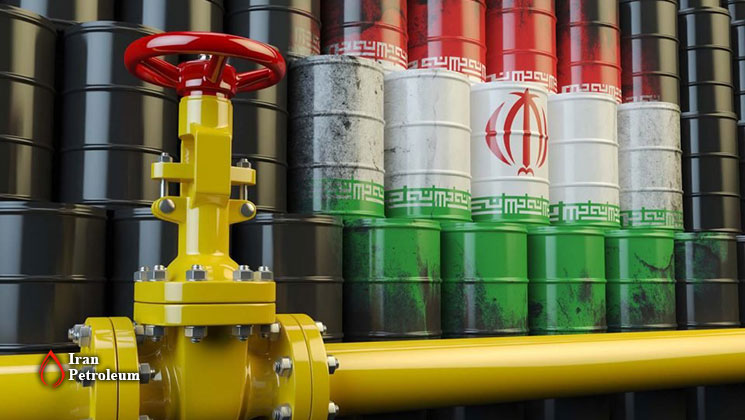
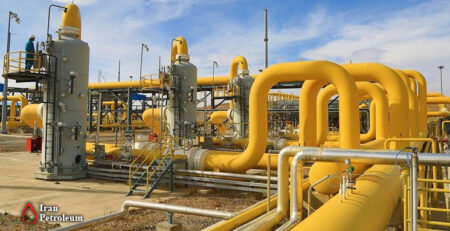
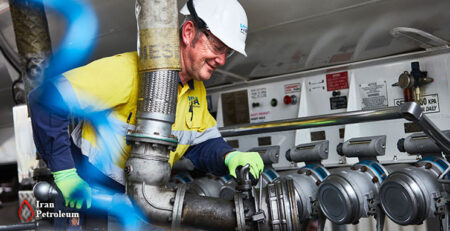
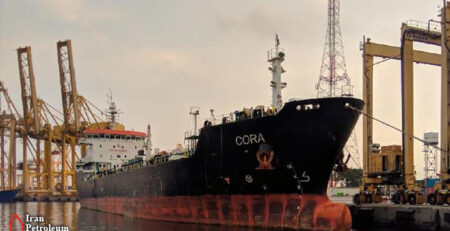
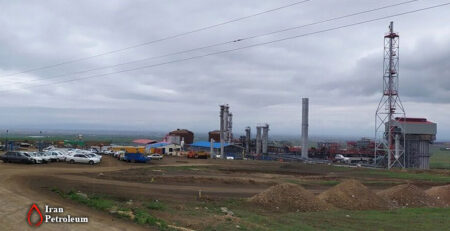
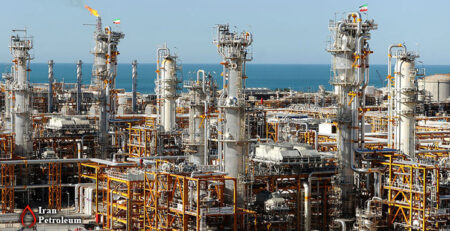
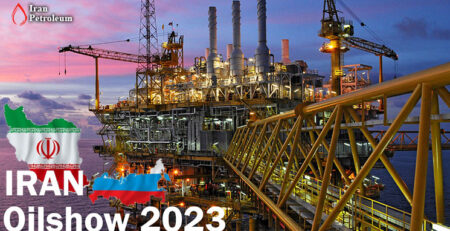
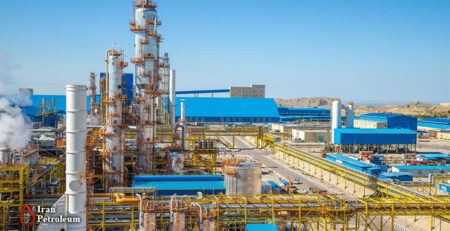
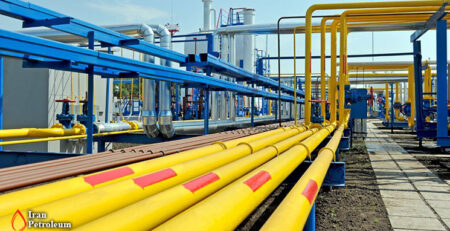
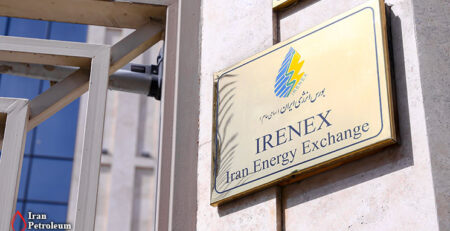
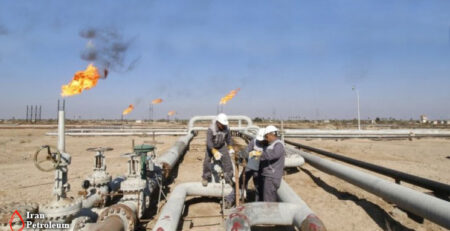
Leave a Reply